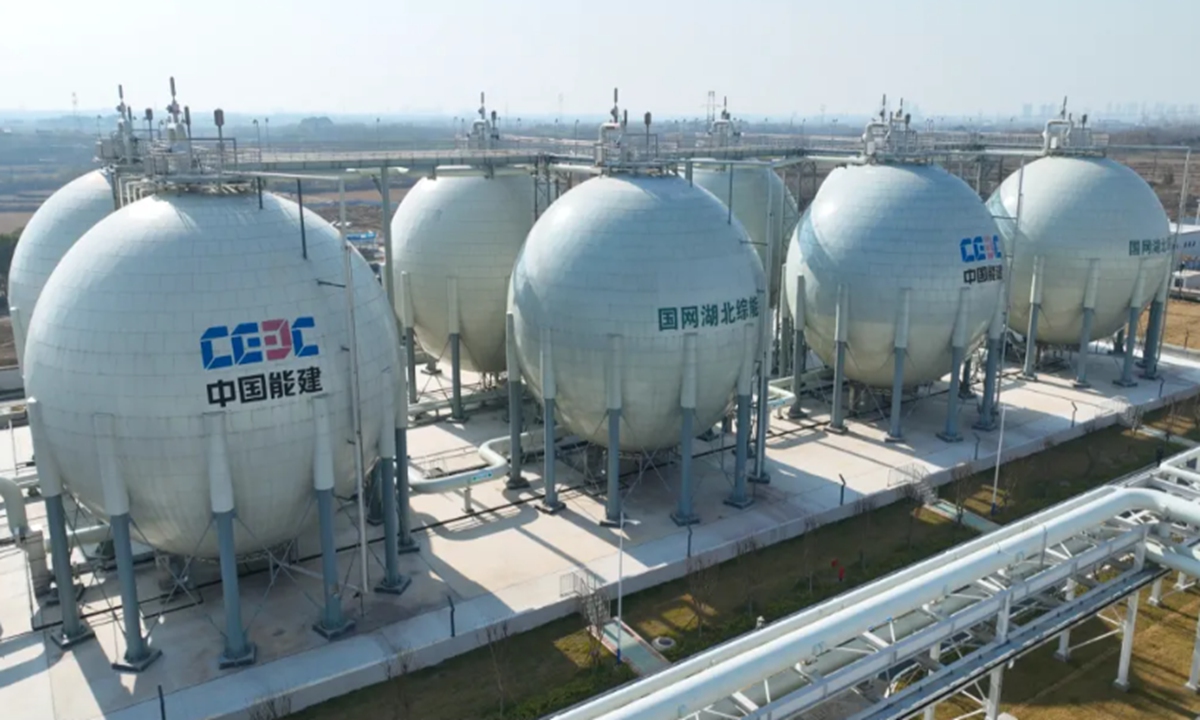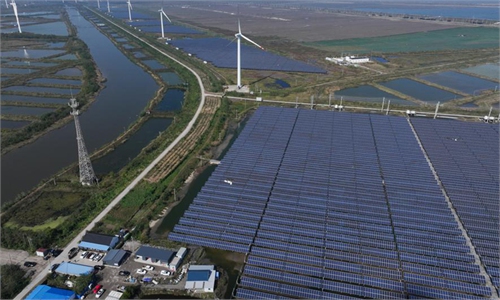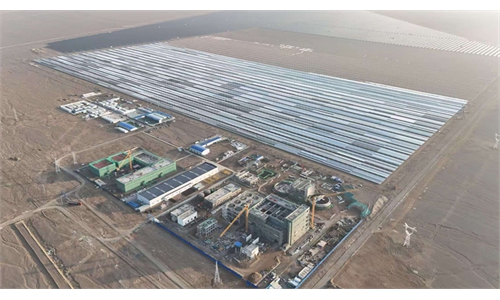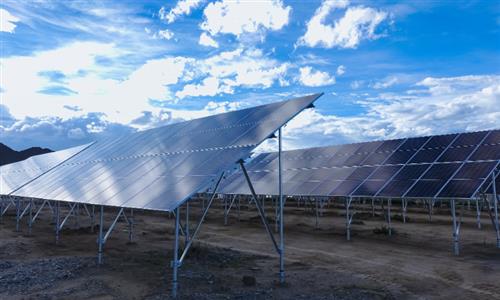World's first 300 MW compressed air energy storage plant fully operated in Central China

A photo of the pressure-bearing spherical tanks at the "Nengchu-1" project. Photo: Courtesy of Dongfang Electric Corp
The world's first 300-megawatt compressed air energy storage (CAES) demonstration project, "Nengchu-1," has achieved full capacity grid connection and begun generating power in Yingcheng, Central China's Hubei Province, a milestone for China's energy storage technologies.
The project has set three world records in terms of single-unit power, energy storage scale and energy conversion efficiency, with total technological self-reliance for key core equipment and deep underground space utilization products, according to multiple project producers, including China Energy Engineering Corp (CEEC), on Thursday.
The completion of this project indicates that China's CAES technology has entered a new era of commercial operation, leading the world in the sector and offering solutions to address the intermittency and volatility issues associated with clean energy generation, per the producers.
CAES is an emerging technology that is gaining traction due to its advantages, including short construction periods, high power output, long duration, safety and longevity.
Operating without fossil fuels, the plant is expected to generate 500 million kilowatt-hours of electricity annually, saving more than 150,000 tons of standard coal each year, serving as a key pillar for building a new power system.
During its trial operation, the plant's performance exceeded expectations, with stable equipment operation and impressive efficiency, as mentioned in a press release posted on the official WeChat account of Dongfang Electric Corp, another developer of the project.
The project, which broke ground in 2022, reaches a maximum depth of 600 meters. It has set a world record for single-unit power at 300 megawatts, with an energy storage capacity of 1,500 megawatt-hours and an underground gas storage volume of 700,000 cubic meters.
The facility also offers significant long-duration energy storage capabilities, with eight hours of energy storage and five hours of energy release per day, and a service life of more than 30 years.
Song Hailiang, the chairman of CEEC, said that the project will provide a strong driving force for the construction of a new energy system and modern power grid in China, helping propel the country's energy transition toward a green, low-carbon future.
China unveiled guidelines in August 2024 to accelerate its green transition, setting clear targets to increase the proportion of non-fossil energy to about 25 percent of total energy consumption and to expand the installed capacity of pumped storage hydropower to more than 120 million kilowatts, the Xinhua News Agency reported.
Global Times



